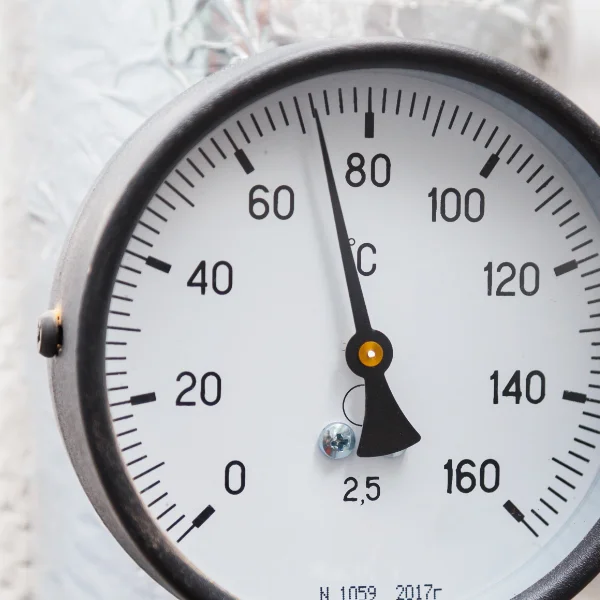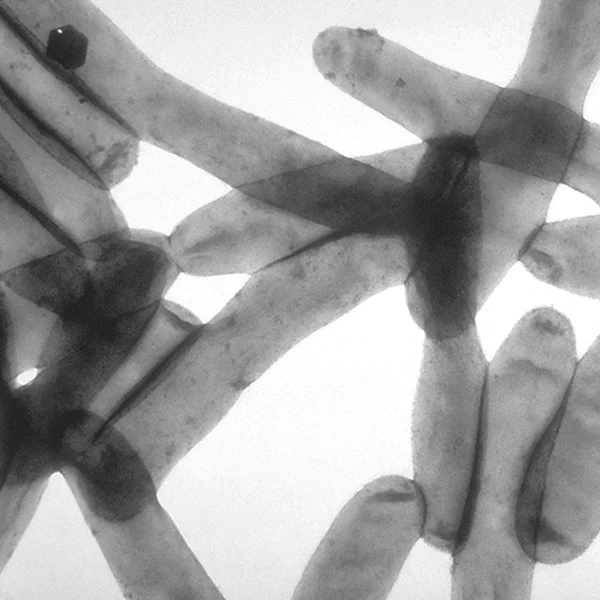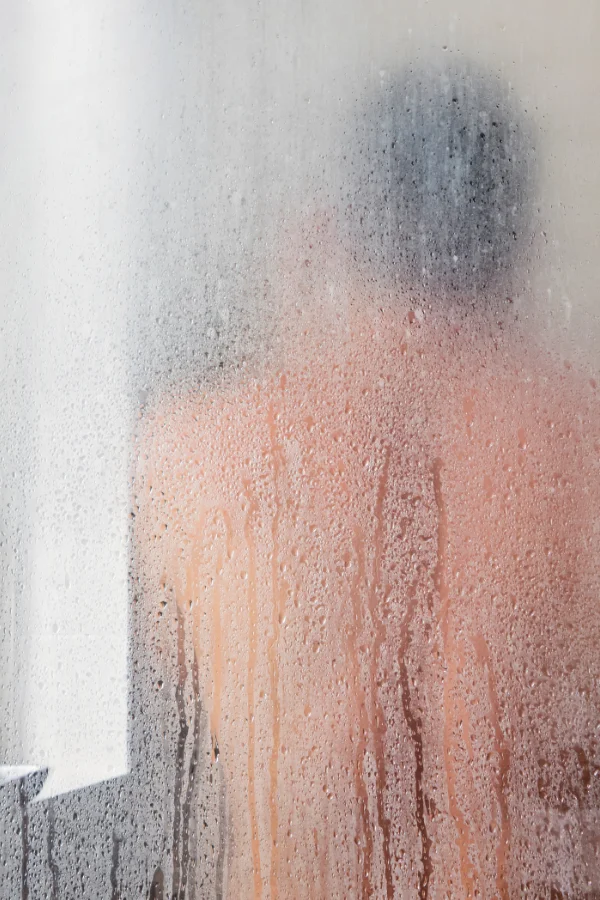Hygiene and limescale Prevention UB Showers with ecoturbino is always better!
At home, in hotels, sports facilities, hospitals, etc.
The use of chemicals is effective in most cases, but it is time-consuming, expensive, and harmful to the environment. Additionally, the problem worsens as the calcium buildup increases.
To have a completely Legionella-free water system, you must ensure that it is free from both calcium (including biofilm) and bacteria.
Regardless of whether you are treating a cold, hot, or process water system, it is important to have a method to control calcium deposits.
Hygiene – How can you otherwise mitigate the issue in showers?
The patented ecoturbiono shower adapter utilizes a unique technology for draining water from showerheads and can certainly help keep showerheads clean. It is installed in your existing shower and ensures the drainage of stagnant water from the showerhead and mostly from the hose.
Furthermore, it provides complete and continuous prevention as well as a significant reduction. The ecoturbiono technology is maintenance-free and chemical-free. This means that it is a sustainable and environmentally friendly solution.
By using this technology, bacteria are significantly reduced in the hose and showerhead. Additionally, your showerhead is deprived of its nutrient source, namely calcium.

Can you get Legionnaires’ disease from showering?
Yes, it is possible to contract Legionnaires’ disease from showering. It is unlikely to occur when showering in one’s own home on a daily basis.
However, the likelihood of contracting it while showering in a gym, hotel, hospital, or office is higher – anywhere with a large water system. The water may be less frequently changed if these places are not in constant use.
Symptoms of Legionnaires’ disease
Infection by these bacteria can lead to symptoms such as nausea and vomiting. Fever is also a common symptom. Other symptoms include muscle aches, and in extreme cases, kidney failure can result from an infection with Legionella bacteria.
Signs that the lungs are affected may include a dry cough, chest pain, and wheezing while breathing. In such cases, it is important to seek medical attention promptly, as these signs may indicate pneumonia.
To prevent this, increased attention to hygiene is practiced in places like hospitals. The Drinking Water Ordinance aims to help prevent Legionella and regulates the presence of Legionella through regulations, recommendations, and various laws.
The multiplication of Legionella bacteria follows a similar pattern to the multiplication of moisture or waterborne bacteria in general: they thrive in freshwater. They do not exist in saltwater or seawater. They can be found in surface waters as well as in soil.
From here, they can enter groundwater. It is believed that while they may not multiply further in groundwater, they can remain alive for up to years.
Legionella can enter the water system through groundwater. In this way, they can be inhaled during activities such as showering and end up in the lungs. Since Legionella can cause diseases like Legionnaires’ disease in individuals with weakened immune systems, they are considered dangerous bacteria under certain circumstances

How can you contract Legionnaires’ disease while showering?
Under the right conditions, Legionella bacteria can grow in any water system. Any water with a temperature between 20 and 45 °C is at risk because the bacteria can only thrive in this temperature range.
Nutrients like rust, sludge, scale, sediment, and algae also contribute to the growth of these bacteria. These become a particular problem when water in a system stagnates (e.g., when a shower or faucet is not used regularly).
When you turn on the shower or faucet, water droplets contaminated with Legionella spread through the mist, generated in small droplets called aerosols.
Since these aerosols are small enough to be inhaled, they enter the lungs through inhalation. The lungs then become infected with Legionella, and the person becomes ill with Legionnaires’ disease or Pontiac fever.
The disease can also be transmitted by drinking water containing Legionella. People with swallowing difficulties are at an increased risk.
What are the symptoms of Legionnaires’ disease?
The initial symptoms of the disease typically appear about two to ten days after infection. However, not everyone exposed to the bacteria develops symptoms; those most at risk are individuals over the age of 50 and those with weakened immune systems.
Generally, the initial signs of the disease are similar to flu-like symptoms and may include:
- High fever, feverishness, and chills
- Dry cough
- Muscle aches and pains
- Weakness (asthenia)
- Headaches
If left untreated, the infection can worsen within the first week, and those infected may develop additional symptoms such as coughing up green mucus and shortness of breath. They may also experience chest pain while breathing.
Some Legionnaires’ disease patients suffer from nausea, vomiting, diarrhea, and abdominal pain. Nearly half of the patients experience nervous system disturbances such as confusion, delirium, depression, disorientation, and hallucinations.
If you suspect you may have been exposed to Legionella or are experiencing symptoms such as fever, cough, chills, or muscle aches, it is essential to seek medical attention as soon as possible.
It is also important to inform your doctor of your recent travel history, as you may have come into contact with a known outbreak.

How can Legionnaires’ disease be prevented in showers?
The first question to consider is where the shower water comes from. Typically, it comes from a water tank that may be heated. If so, what temperature is the hot water tank set to? Legionella can thrive at temperatures between 20 and 45°C.
Therefore, water should be stored at 60°C and distributed at a temperature above 50°C to prevent the bacteria from surviving.
If the shower water comes from a water tank, it should also be regularly inspected and kept clean. It is advisable to equip the tank with a tight-fitting lid to prevent the entry of dirt and the formation of rust, biofilm, and corrosion inside.
Legionella feeds on these bacteria, so disrupting their food supply is an effective means to prevent their proliferation.
The region in which you live is also a risk factor for Legionella. Geology influences the hardness of water in a particular area. While rainfall is soft, once it filters through the rocks, minerals like calcium and magnesium begin to dissolve in the water. Water with a high mineral content is called hard water.
When water supply companies pump hard water into households, it leads to calcium deposits in pipes, faucets, and showerheads. The calcium provides nutrients to Legionella, promoting their growth.
Therefore, areas with hard water are particularly susceptible to the growth of Legionella bacteria, and showerheads and faucets must be regularly descaled to reduce calcium deposits
How often should one shower to prevent Legionella?
Legionella can accumulate in any shower, faucet, or water pipeline that is not used regularly because the water in the system stagnates.
When the water is turned on, the bacteria flow out of the system with the water, and individuals using the shower inhale aerosols containing Legionella.
This is a more significant concern, for example, in hotels and offices where showers and faucets are not used for extended periods. However, even in private households, any guest bathroom can be at risk.
It is advisable to run infrequently used showers or faucets for about two minutes every week or until the hot and cold water reaches the same temperature as in frequently used outlets. Be sure to leave the room to avoid inhaling aerosols that may contain Legionella.
How to disinfect the showerhead to prevent Legionnaires’ disease:
- Remove the showerhead from the hose.
- Disassemble the showerhead.
- Place the parts of the showerhead and hose in the sink and soak them in hot water with an appropriate showerhead cleaner.
- Use a brush to remove stubborn residues.
- Rinse all parts with clean water.
- Flush water over the clean parts to remove the showerhead disinfection cleaner.
- Dry with a clean towel and let it air dry.
- Reassemble the showerhead and attach it to the hose.
Are there technological advancements that help kill Legionella in showers?
There are many devices marketed as automatic flushing units. These products claim to flush unused outlets, preventing water stagnation and reducing the risk of Legionella accumulation.
Four Safe Methods to Minimize Legionella in the Shower:
- Ensure that the shower is used frequently. If not, consider removing the shower.
- If a seldom-used shower cannot be removed, make sure it is regularly flushed and keep a record of this.
- Keep the showerhead and hose clean, including cleaning the filters.
- Conduct a Legionella risk assessment if you are responsible for a building.





